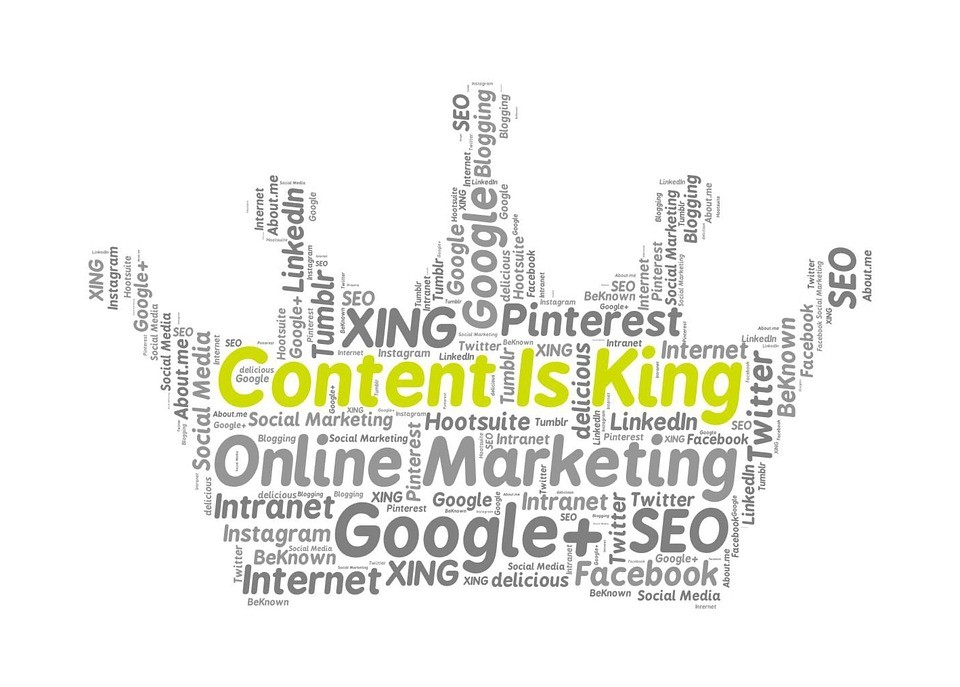Easy access and distribution of digital media have become increasingly significant for companies. Organizations are spending resources to make sure that their brands get visibility among the right people on selected social media channels. However, there are many companies that are struggling with their digital transformation.
Whether it’s a website, social media channels or e-mail marketing platforms, users need to log in to a new system each time. Each of these channels requires rich media content like photos, audio files, video clips, animations, games, interactive ads, and streaming movies to support messages. But at times, it gets complicated to find the conceivable images or videos.
Enterprises want to find their digital assets easily. They further require media “products” to reach a specific audience in a particular form while offering consistent customer experiences.
And, this is where Digital Asset Management (DAM) comes into the picture. DAM help in efficient structuring, organizing, retrieval and access to files held by an organization. With DAM, all the assets being worked on or completed live are safely stored in cloud space. So, anyone who has permission can access these assets and can use them in marketing campaigns and building digital experiences.
What is Digital Asset Management?
DAM is all about control, flexibility, portability, access, and reporting of digital assets between organizations, customers, partners, and suppliers. The DAM software manages and distributes digital assets such as images, documents, video, creative files, audio, etc. across different channels. It is mostly concerned with delivering the right content to the right people, on all devices, mostly in real-time.
A well-customized DAM Solution possesses the ability to track and measure digital asset engagement across an enterprise and its potential global reach. Technically speaking, if a user has permission to access a particular file, s/he can easily access that without depending on others, thus maximizing productivity.
To store, improve, handle and distribute digital assets across multiple systems, virtual frameworks and time zones, most of the digital asset management systems use intelligence and meta-data fueled processes, thus streamlining the whole process in a quick and easy manner.
Benefits of Digital Asset Management Systems
1. Store, Find, Use and Reuse the Right Content on Social Media

Digital asset management systems allow you to store data in the centralized system or in the Cloud. It also eliminates redundancy, giving a clear overview of digital assets, saving search time and server space.
Apart from this, you get a single source for all your files, which makes it easy to find what you need, allowing it to be reused if needed.
2. Quick Share and Publish

DAM systems enable you to store data in the cloud so you can easily distribute content on social media platforms, websites, and other channels simultaneously from a single central intelligent repository.
3. Keep Track of User-Generated Content from Different Sources

Digital Asset Management allows you to set the content’s source of origin and rights information, permission for sharing and other specifications. All these details help you to quickly find out how and where to use each piece of content.
4. Encourages and Supports Workflow

DAM systems are intelligence-driven and help in supporting or processing files. It allows you to store your digital assets in one place while making it easy to organize, collaborate and share your content. If your business needs to collaborate across multiple channels, using a DAM will make your digital workflow incredibly smooth.
5. Rights Management

Using a digital asset management system, different roles can be assigned to control who has what level of access to assets and how they can be viewed. This means that it manages license agreements for these assets.
For example, if the license to be used has been expired, it will automatically restrict access, protecting you from copyright cases and possible legal costs.
Concluding Thoughts…
A Digital Asset Management System gives you effective resources and time utilization, allowing you to follow a centralized approach for making an organization workflow easy and more organized. Moreover, it helps unleash the full potential of your business assets allowing you to focus on your company’s USPs.
If you’re looking for a secure, scalable and flexible Digital Asset Management Solution for your organization, Clavis Technologies is your one-stop destination. Backed by its expertise in content management, automation, innovative technologies, and bespoke solutions, we cater to a wide range of industry verticals.
